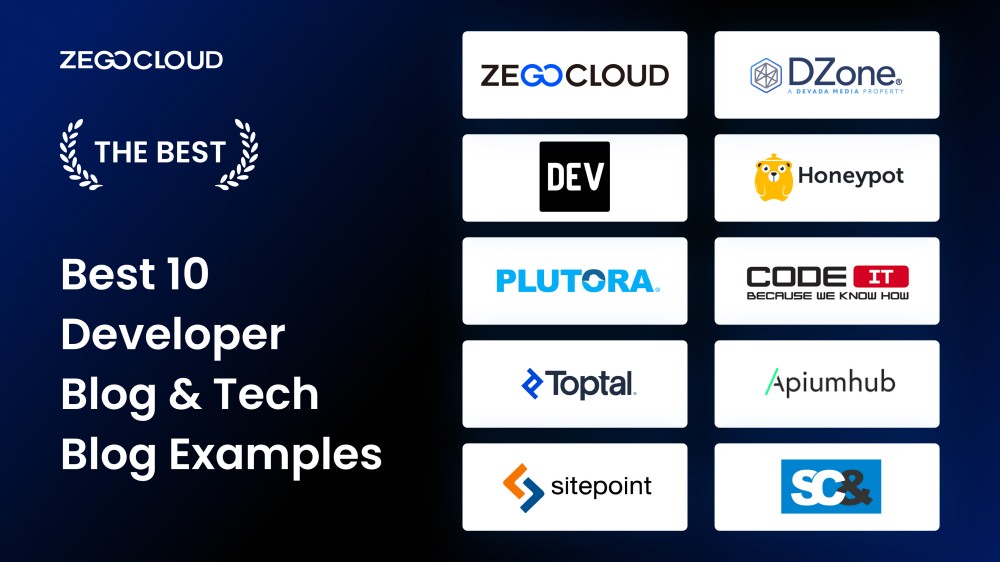Reveal Hidden Treasures in the Industry with the Best tech blog Suggestions
Reveal Hidden Treasures in the Industry with the Best tech blog Suggestions
Blog Article
Understanding the Rise of Edge Computing in Today's Digital World
In the swiftly advancing landscape of technology, edge computer arises as a crucial pressure, improving exactly how data is processed and utilized. This standard change is driven by the spreading of IoT tools and a rising need for instant information handling. By transitioning information administration closer to the resource, edge computing addresses essential latency problems while enhancing bandwidth use and enhancing protection procedures. As industries pivot towards smarter, a lot more effective systems, understanding the subtleties and ramifications of this technological development comes to be important. What does this mean for future developments and the electronic environment overall?
What Is Side Computing
Side computing, although a fairly recent improvement in the realm of modern technology, essentially transforms exactly how information is processed and taken care of by bringing computation and data storage closer to the place where it is required. Unlike conventional cloud computing designs, which commonly count on central information facilities that can be geographically remote, edge computing decentralizes information handling. This proximity decreases latency, boosts real-time information processing, and improves the general customer experience by ensuring quicker feedback times.
At its core, side computing involves a network of local tools and framework, such as sensing units, portals, and routers, efficient in processing data at or near the source. This localized processing ability is especially crucial for applications needing instant information evaluation, such as independent vehicles, industrial automation, and wise cities. In addition, by unloading information handling jobs from main web servers, edge computer minimizes transmission capacity requirements and improves data personal privacy and safety and security, as sensitive information can continue to be on-site instead of passing through substantial networks.

Trick Motorists of Fostering
Numerous elements are thrusting the adoption of edge computing in today's digital landscape. Edge computing addresses this requirement by allowing data handling closer to the data source, minimizing latency and improving real-time decision-making capacities.
An additional substantial vehicle driver is the need for boosted bandwidth efficiency. Centralized cloud systems can come to be overwhelmed with the large quantity of information produced by IoT tools, bring about traffic jams (Best tech blog). By refining information at the edge, organizations can minimize network congestion and improve overall system performance
Furthermore, safety and security and personal privacy issues are pushing organizations towards side computer. By processing sensitive data in your area, firms can minimize threats connected with data transmission and exposure to potential cyber hazards.
The surge of applications calling for real-time handling, such as independent lorries and increased reality, likewise requires the rapid feedback times that edge calculating gives. Collectively, these chauffeurs are making side calculating an indispensable part of contemporary IT infrastructure, leading the way for its widespread fostering across numerous sectors.
Benefits Over Cloud Computing
Just how does edge computing differentiate itself from typical cloud computer? Primarily, edge computer brings information processing closer to the source of information generation, More Info often on regional tools or nearby servers, instead than counting on central information.
Moreover, edge computing enhances data transfer performance (Best tech blog). By refining information in your area, just the essential information is transmitted to the cloud for further analysis or storage space, minimizing the quantity of information that goes across the network. This not just alleviates network congestion but additionally decreases information transmission expenses
Edge computing additionally supplies enhanced data privacy and safety and security. Sensitive data can be refined in your area without being sent to the cloud, decreasing the direct exposure to prospective cyber risks. This is especially useful for industries dealing with secret information, such as health care and financial solutions.
Moreover, edge computer guarantees greater strength and dependability. Local handling permits proceeded procedure also when connection to the cloud is compromised, keeping crucial features and services despite possible network disruptions. These benefits jointly show side computer's transformative capacity in maximizing efficiency and security in digital ecological communities.
Considerations and challenges
While side computing offers countless advantages, it likewise offers distinct obstacles and considerations that should be resolved to fully recognize its possibility. One significant difficulty is information security and privacy. Processing information more detailed to the source boosts the threat of unauthorized access, requiring durable encryption and stringent safety procedures to shield sensitive info. In addition, handling and keeping track of a decentralized network of side tools can be intricate, calling for advanced tools and techniques to make sure smooth procedure and upkeep.
An additional factor to consider is the scalability of edge computing remedies. As the variety of connected gadgets expands, so does the need for refining power at the edge, which can result in resource constraints. Organizations must carefully plan their framework to suit this development without jeopardizing performance or efficiency.
Interoperability is an additional important variable. With numerous equipment and software program elements included, ensuring compatibility and seamless assimilation can be click here for info difficult. Standardization efforts are important to assist in interaction in between inconsonant systems.
Future Patterns in Edge Computer
Expecting the future, side computer is poised to change different industries by making it possible for quicker her comment is here information handling and reducing latency. As the quantity of data created by IoT devices remains to grow, side computing will certainly come to be progressively vital in handling this increase successfully. One significant pattern is the combination of expert system at the edge, enabling for real-time analytics and decision-making without counting on cloud-based sources. This change is expected to boost applications in self-governing lorries, smart cities, and medical care, where instant information processing is critical.
One more emerging fad is the advancement of edge-native applications designed specifically to take advantage of the one-of-a-kind capabilities of edge computing. These applications will certainly enhance efficiency and source utilization, resulting in boosted performance throughout numerous sectors. Innovations in 5G technology will even more boost side computer by giving the required facilities for high-speed, low-latency interaction in between tools and side nodes.
Verdict
Edge computer's rise is driven by the spreading of IoT tools and the requirement for real-time data processing, which enhances performance by lowering latency and decentralizing information administration. This method reduces data transfer ineffectiveness and safety problems, helping with advancements in applications like smart cities and autonomous lorries. In spite of challenges such as infrastructure complexity and assimilation, the future of side computing assures a more receptive electronic environment, with continued innovations forming its evolution and increasing its applicability throughout industries.
Side computing, although a reasonably recent advancement in the world of innovation, fundamentally changes how information is processed and taken care of by bringing computation and information storage space closer to the place where it is needed. Unlike typical cloud computing models, which often count on centralized information centers that can be geographically remote, side computer decentralizes information handling. Additionally, by unloading data handling tasks from main servers, edge computing lowers data transfer needs and enhances data personal privacy and safety, as delicate information can stay on-site instead than traversing considerable networks.

Report this page